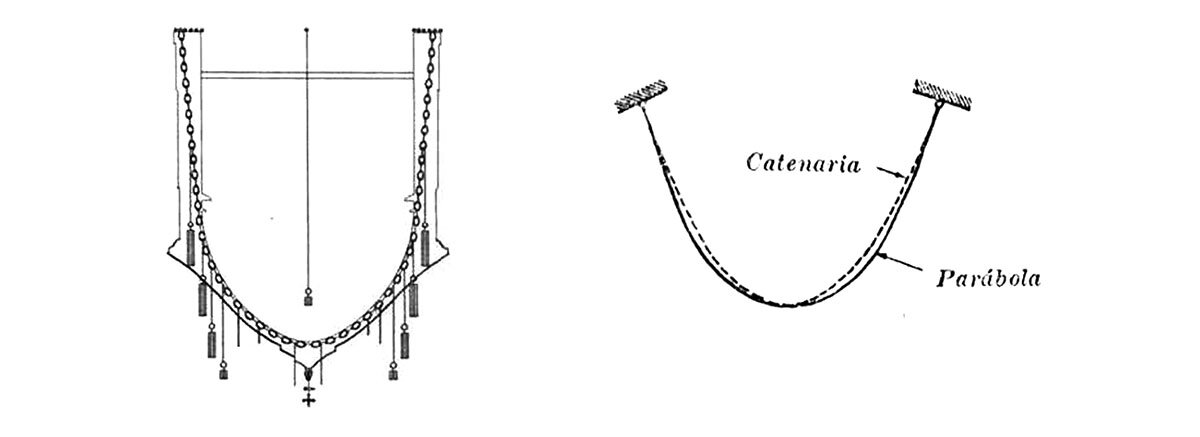Complex Structures
Bath towels + starch, synthetic fabrics, printed photographs, (49 x 72 cm), drawings (21 x 29,7 cm), fabriano paper 90 g charcoal on paper, study models, 2013
¿What do bridges and bath towels have in common?
At first sight they seem to have nothing in common, but my question points at our notion of representation regarding both objects. Representation is followed by a definition which guides the object into its habitual context. We normally place a bridge in an open space, towels we place them in our bath rooms. Apparently, each one belongs to a different space.
Complex Structures is a project that engages the philosophical implications of representation, arriving at the reversal of its meanings and usages. In order to see that clearly, let us propose a second question.
¿Can bath towels become bridges?
Yes, bath towels can become a bridge if we disarticulate representation and the meanings that we link up to such objects. The answer implies workin the political and philosophical meaning of representation. -political because representation is the first form of social control, philosophical because it questions the understanding and existance of all we perceive-.
Bridges have a structure that allow them to transfer loads to the ground. If we observe the sections of a bridge, they are mostly constructed out of concrete and steel. As we go deeper into them, we discover they possess a structural logic, being made out of materials that work together harmoniously. Steel bars in a bridge have certainly a lot in common with the threads in a bath towel.
After paying attention to the internal structure of both objects and thus solving the first question, I'd like to attempt answering the second practically. In order to achieve that, two things were necessary. First a hardening element that worked in a way similar to concrete -in this case handling the mesh made out threads- and second, an structural logic for this new hybrid.
The hardening element turned out to be corn starch, a common household item typically used to thicken many kinds of recipes. I came to see in it the image of a pair of dress pants standing on their own, with nothing to hold them still, having been sprinkled generously with starched water while ironed. I then started to study the chemical components of starch, understanding that I was beginning to deal with yet another way of representation, the molecular:
The interesting thing regarding this component is that it is structurally complex and resisten, it can acquire an helicoidal tridimensional shape that we could call “fractal” around a central chain. Corn starch is amilose rich, one of its main components together with amiopectin. Amilose is a very long and straight polymer, while Amilopectin is a short and ramified one. In order for it to reach its maximum efficacy and resistance, vinegar can be added to it (acid hydrolisis) in small quantities to get rid of some of the branches in Amilopectin. The result is huge molecules with great resilience.
I was slowly arriving at the second answer, missing still a structural principle as simple as the materials used. The principle of the inverted parable was at my disposal.
In this moment, uno of the many ends of what could represent a towel is reached upon. If we wanted to turn the starched bath towels into a real bridge, it could be achieved by adding steel bars and pouring concrete until we had a bridge, but the important thing is understanding this process as a potentiality, while also still keeping the possibility of reverting it and going back to the original towel, given the fact that the starched structure can be undone by adding hot water and unsewing the towels; resuing them in their usual way, but now with the certainty that they could truly become a bridge.






















